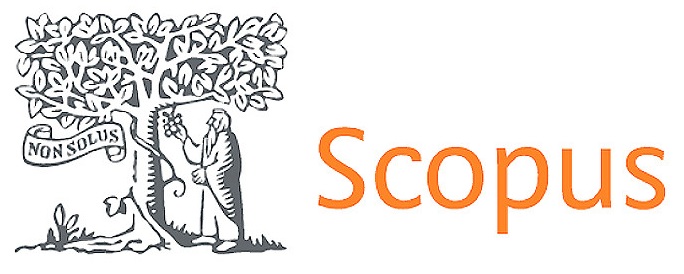Leveraging Gamified Mobile Learning and Augmented Reality to Foster Digital Literacy Competencies of University Students in the Society 5.0 Era
DOI:
https://doi.org/10.56294/mw2025840Keywords:
Digital Literacy, Gamified Mobile Learning, Augmented Reality, Society 5.0Abstract
Digital literacy competencies have become essential for university students to thrive in the era of Society 5.0, where technology and human-centered innovation converge. However, evidence from recent studies and institutional reports indicates that students’ levels of digital literacy remain relatively low, highlighting the urgency for effective and engaging learning innovations. This research was designed to develop and evaluate an integrated learning model that combines gamified mobile learning with augmented reality to strengthen students’ digital literacy and identify factors supporting its adoption in higher education. The study applied a research and development approach using the Waterfall model to create a mobile application called AR EduGame. Data were collected from 112 undergraduate students through needs analysis surveys, pre- and post-tests measuring digital literacy, questionnaires on motivation and engagement, and application usage logs. Quantitative data were analyzed using paired-sample t-tests to determine learning effectiveness, while qualitative responses were examined through thematic analysis. The findings revealed a significant improvement in students’ digital literacy, primarily influenced by gamification elements such as points, badges, and leaderboards that enhanced motivation, and by augmented reality features that enabled immersive understanding of complex digital concepts. These results demonstrate the synergistic benefits of integrating gamification and augmented reality, producing stronger learning outcomes than when each is applied separately. In conclusion, AR EduGame serves as a validated pedagogical innovation that unites motivation and cognitive depth, offering higher education institutions a practical model to equip students with essential competencies for success in Society 5.0.
Downloads
Published
Issue
Section
License
Copyright (c) 2025 Dony Novaliendry, Rahmat Fadillah, Yudhi Diputra, Elida, Widya Darwin, Brian Makmur, Fattan Naufan Islami, Frans Surya Pati Harau (Author)

This work is licensed under a Creative Commons Attribution 4.0 International License.
The article is distributed under the Creative Commons Attribution 4.0 License. Unless otherwise stated, associated published material is distributed under the same licence.






